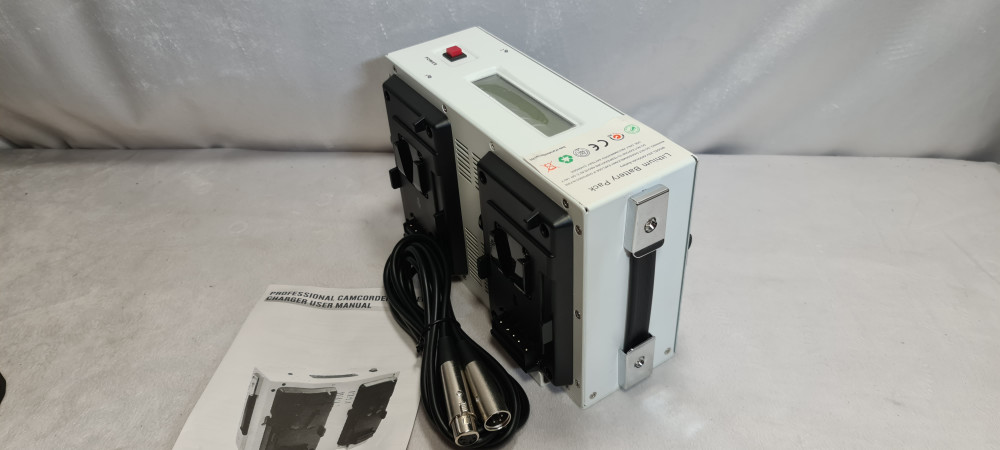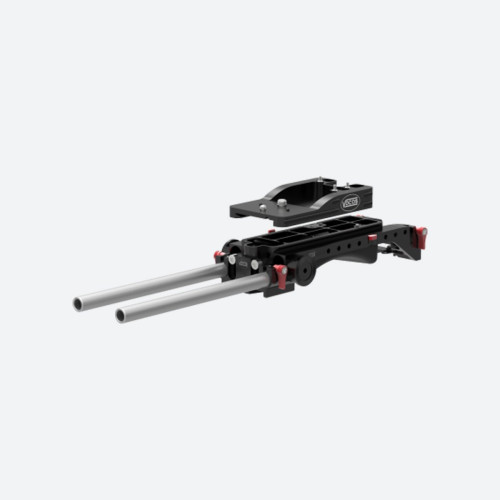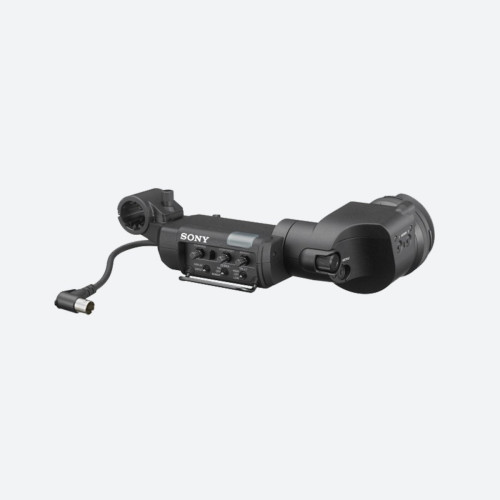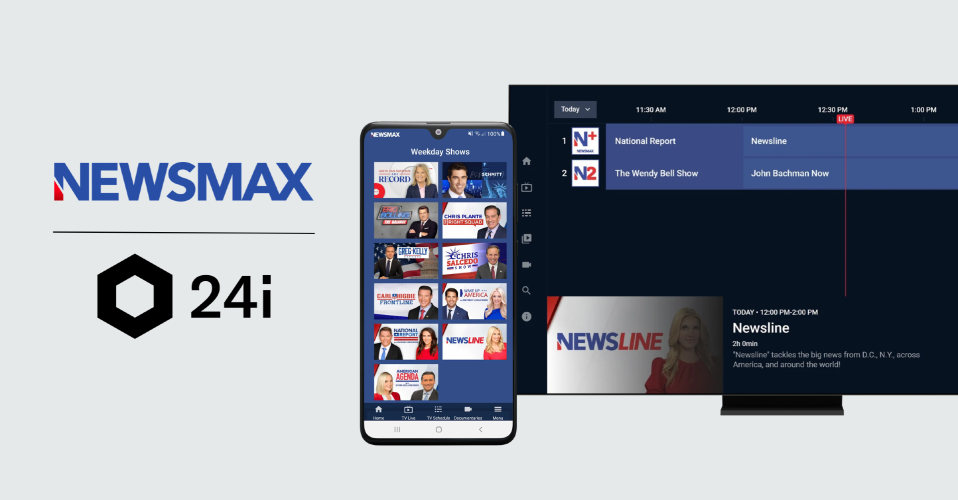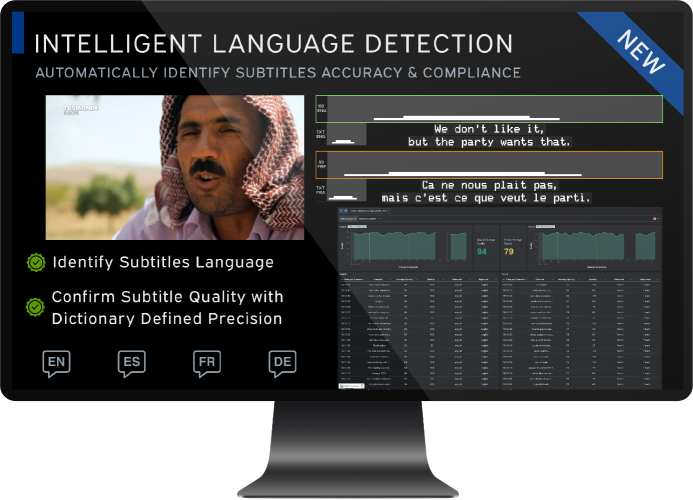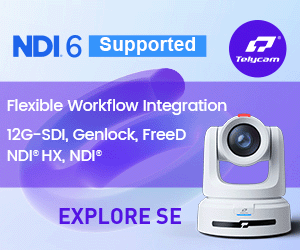Whats new in audio

Author: Bob Pank#
Published 1st June 2011
The NAB show is not the first event that comes to mind for pro-audio kit but in fact rivals any audio-specific exhibition on the planet. The following is a summary of significant new sound equipment seen during a tour of this year's exhibits.
AKG's C 544 L head-worn microphone is designed to be worn by gymnastics or (almost the same thing in some cases) on stage vocalists. The cheek pad allows it to stay in place even if the user's head is turned abruptly, and the capsule shock mount reduces handling noise to a minimum. A behind-the-neck headband provides stability. An external shock mount is incorporated to minimise mechanical-noise.
With the CALM act signed in December 2010, it is now illegal in the USA for commercials to be overly loud compared with the rest of the programming on a given channel. Axon has developed three Synapse modules in co-operation with Linear Acoustic. The DLA43 is an eight-channel (5.1 + 2.0) digital audio loudness module. Version DLA44 adds an upmixer/downmixer. The DLA42 is an 8-channel (4 x 2.0) digital audio loudness module. All three are equipped with Quad Speed functionality which enables bidirectional in and output of 32 channels of audio to and from the accompanying Master card.
Cedar Audio's DNS One is a software-based dialogue noise suppressor. A Pro Tools plug-in that runs on both Mac OS X and Windows, it provides the features of the DNS1500, DNS2000 and DNS3000. The user-interface that allows hundreds of channels of DNS (software and hardware, in any mix) to be controlled from a single Pro Tools host.
DiGiCo's SD10B is a broadcast-specific digital audio mixing console 'at a price point never before achieved'. A 15 inch touch-sensitive screen provides information and fast control of all the main parameters. The control surface features 37 x 100 millimetre touch-sensitive faders, providing fast access to the console's large number of channels including 96 with full processing, 12 of which can be configured as full Flexi Channels, and outputs that can be assigned across the surface. All inputs have dual mono inputs for fast Main and Alt channel switching. Multi-channel folding under a single fader means users can configure stereo, LCR, 5.1, or up to 11 mono channels under a single fader strip.
Junger Audio's Loudness Logger offers users of the company's C8000 levelling processors an easy way to monitor the development of the loudness over time. Broadcasters can monitor in real time or by analysing previously stored loudness log files. The software, which is compatible with Microsoft Windows, can be purchased from Junger Audio on a dongle-per-PC licence basis.
Sennheiser introduced two new MKH series shotgun microphones. The MKH 8060 (pictured) is a short gun microphone for on or off camera use. The long MKH 8070 rifle microphone is for more distant sound sources, sports reporting and nature recordings. Both microphones are designed to be highly weather-resistant, ensuring that they can cope with conditions such as extreme cold and moisture.
Sonifex' new RB-VHDDD8 is a Dolby E and Dolby Digital decoder and extractor. It extracts up to 10 channels of audio within any audio group of an SDI video signal plus a further two which are sent to the Dolby decoder. The outputs from the decoder or extractor can then be re-embedded onto either of the two SDI outputs or forwarded on a BNC or D-type situated on the rear panel. Metadata from the decoder is transmitted using RS-485 via the external 9-pin D-type on the rear panel and can also be embedded into the vertical blanking space onto either of the two SDI outputs. The companion RB-VHEDD8 is a Dolby E encoder and embedder. It encodes eight channels of audio into two channels of an AES/EBU digital audio stream which is then embedded onto any of the available groups within each of the two video output paths. It is also transmitted on a BNC or D-type on the rear panel.
Studer has upgraded its Vista 5 audio mixing console to the M2 with the addition of the TFT metering system introduced on the Vista 9. The new metering is capable of displaying signal levels from mono through to 5.1 channels on each input, with a configurable lower area which can be used to display bus assignments, surround images or a History mode. The latter is a scrolling audio waveform which displays signal anomalies and highlights them for up to 50 seconds to allow the engineer to identify where a specific event occurred. Metering for 'layer 2' signals can also be viewed. The Control Bay screen can be used to provide configurable user pages with up to 40 meters.
Tascam introduced a Portastudio application for the Apple iPad. Portastudio is based on, and nearly the same dimensions as, the Tascam Porta One four-track cassette recorder introduced in 1984. The Portastudio app records four tracks, one at a time, with VU meters and a cassette transport contributing a vintage flavour to the proceedings. When a production is complete, the app can mix the recording to a stereo track that appears in iTunes. A four-position selector switch assigns which track Portastudio records to. Input trim and limiting are applied to the input before recording. Audio can be recorded from the iPad's integral microphone or a microphone plugged into the headset jack. Pan, level and high/low EQ are available for mixing. Mixes are saved as WAV files
Wohler's Pandora loudness analyser is designed to ensure content is EBU R128, ITU-1770 and -1771 compliant. It allows operators to set their own reference parameters including over/under limits as well as gating, integration time, and metering modes. Pandora measures up to eight channels instantly. Features include adjustable integration periods with histogram display of loudness over time and weighted loudness measurement display across channels. Configuration is via a touch-screen interface that runs on an Apple iPod. With updates available from the iTunes Store, users can maintain compliance with evolving industry standards and practice.
Yamaha's StageMix provides remote control of key LS9 digital mixing console functions from anywhere within wireless range using an Apple iPad. The software can be used to adjust monitor mixes from the performers' positions on stage, directly controlling mix parameters via the iPad rather than having to rely on verbal directions to a second engineer. The main page shows the EQ curve, cue and on buttons, fader and level meters, and channel names for eight adjacent channels. Across the top of the screen, all input, mix and matrix level meters and faders are displayed in blocks of eight.



